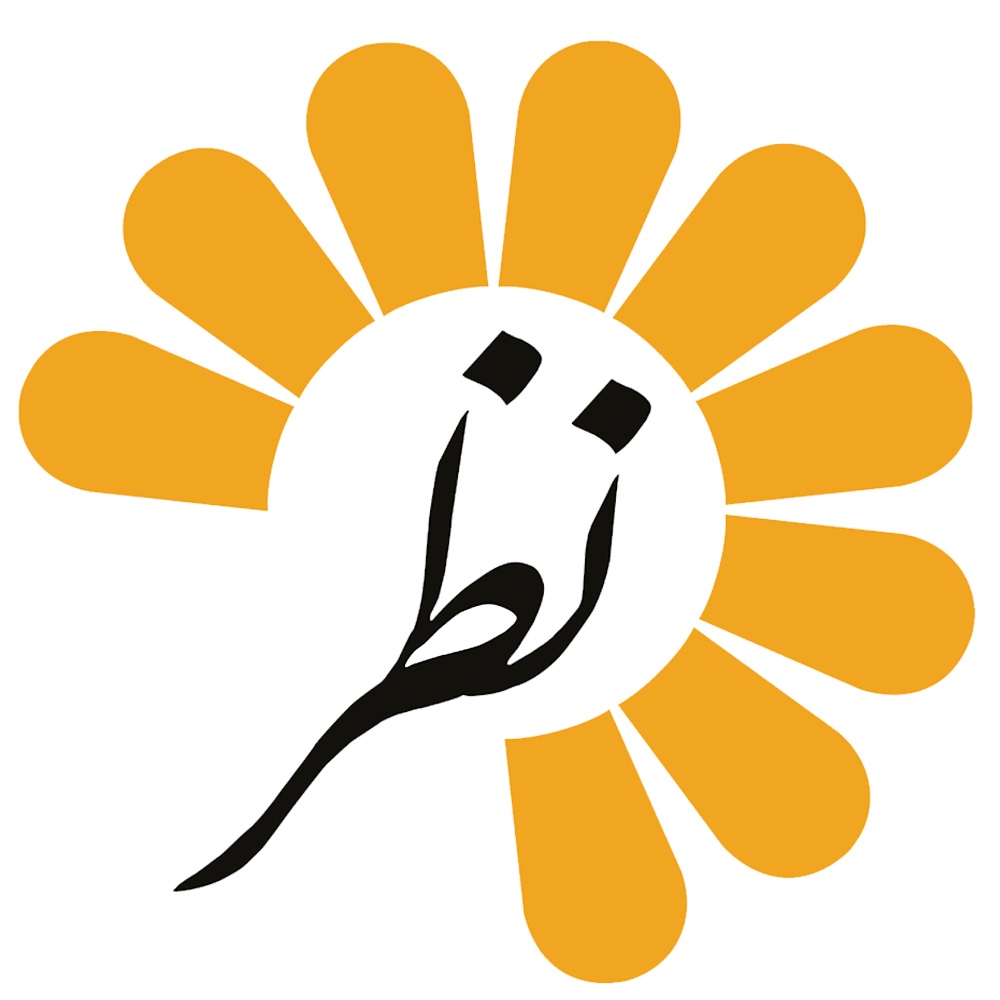خلاصة:
سال هاست که تحقق آرمان پایداری یکی از مهم ترین دغدغه های بسیاری از حوزه های دانش بشری به شمار می رود. در همین راستا چنانکه رویکردهای تخصصی برنامه ریزی و طراحی شهری به مفهوم پایداری و جنبه های آن بی توجه باشد، در زمان فشارهای فزاینده جمعیتی بر منابع طبیعی تجدیدپذیر یا تجدیدناپذیر و فرآیندهای بوم شناسی و روند گرم شدن محیط زمین از معنای چندانی برخوردار نخواهد بود. بر این اساس در این پژوهش، موضوع «مناظر شهری پایدار» با ویژگی های چندعملکردی و کیفیت گرا، در نیل به پایداری مد نظر قرار می گیرد.
در روند توسعه مفهوم منظر شهری کیفیت گرا به نظر می رسد بازگرداندن اسطوره ثمردهی به منظر شهری با «افزودن زیرساخت های سبز جدید به شهر های در حال توسعه» منجر به حیات و پویایی شهرها شود. ثمردهی به عنوان یکی از زمینه های دستیابی به توسعه پایدار شهرهاتداعی کننده طراحی فضاهای باز شهری به عنوان سیستم فضاهای باز چندمنظوره است.
پرسش اصلی در این پژوهش، «چرایی حضور و تلفیق گیاهان مثمر در بستر فضاهای باز عمومی شهری و نقش آنها در توسعه پایدار شهرها» است. به نظر می رسد با توجه به رویکردهای کنونی موجود در ارتباط با موضوع این پژوهش، حضور گیاهان مثمر در شهر به عنوان عامل یکپارچه ساز توسعه شهرها، پاسخی به چالش های به وجود آمده در رابطه با شهر های بزرگ فردا خواهد بود. روش کار بر مطالعه اسناد و دیدگاه های نوین در توسعه کیفی فضاهای باز شهری استوار است. براساس هدف تعیین شده، شهرهای موفق به عنوان نمونه موردی در امر تلفیق مناظر شهری و مناظر روستایی بررسی می شوند، تا بدین ترتیب بتوان به مبنایی کاربردی در ایجاد منظر مثمر شهر تهران دست یافت.
It’s a long time that accomplishment of sustainability is one of the most prominent concerns in the fields of human knowledge. Regarding this matter، in case the specialized strategies of urban planning and design don’t consider the concept of sustainability and its aspects، they will not make any sense in the time of population increasing pressures on natural renewable or non renewable sources and ecology processes and the process of global warming. Therefore، in this research، the subject of “sustainable urban landscapes” with multi-functional and qualitative features will be considered to achieve sustainability. In this case، it seems that in development process of the concept of qualitative urban landscape، the restoration of productive myth to urban landscape in form of “new green infrastructures for developing cities” can lead to reviving these cities. Productive urban landscape is one of the bases of accessing sustainable urban development.
The main question in this research is “The presence and incorporation of productive plants in open public places of the city and their role in urban sustainability”. With respect to the current strategies which is related to the subject of this research، it seems that the presence of productive plants in the city as a factor of development of cities is the respond of caused challenges for the future metropolitans.
“Urban landscapenetwork with productive plants” is an integrated policy to link the productive plants and cities based on the creation of a new urban infrastructure and supporting redefinition of urban open space performance by the key factor of “urban agriculture and gardening." The scale of productive plants presence include a wide scope of suburban areas and recycled realms، urban parks، urban corridors، facades and roofs (the fifth façade)، private and collaborative gardens، small courtyards of residential، window sides and terraces.This will lead to be recognition of agriculture in addition to the urban beautification in every scale. In order to accomplish productive urban networks the establishment of urban landscape network with productive plants and generating ecological design for sustainable life and cycling metabolism should be revised simultaneously. A successful productive network in the city will be achieved through practicing sustainable agricultural methods and using cycling mechanisms.Thus، this study discusses two cities of Havana in Cuba and Casablanca in Morocco as successful case studies of productive landscape in developing countries according to subject tendency and sustainability concerns. Furthermore the necessity for the presence of productive plants in Tehran is studied and it is concluded that “the presence of productive plants in urban open spaces”is not a factor that integrates urban development and climatic issues and it is not the priority in designing cities. Its aim is "to add new green infrastructure to existing cities".Restoring water infrastructures as well as establishment of a productive network in can add liveliness to Tehran city and lead to re-establishment of a communication between residents and the natural flows and processes.

(پژوهیار,
,
,
)

